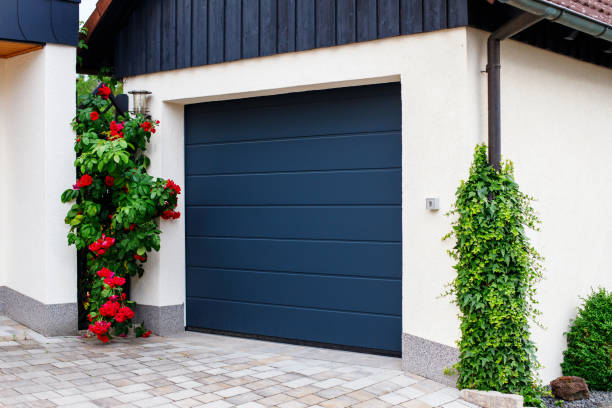Green roofing technology has been gaining popularity in recent years as cities around the world strive to become more sustainable and environmentally friendly. One of the most innovative advancements in this field is the development of living roofs, also known as green roofs. These roofs are designed to support vegetation and provide a number of benefits for both buildings and urban environments.
Living roofs are essentially a layer of vegetation that is installed on top of a building’s roof. This vegetation can range from grasses and wildflowers to shrubs and even trees, depending on the design and structural capacity of the building. The installation process typically involves adding a waterproof membrane, drainage system, growing medium, and plants to create a self-sustaining ecosystem on the roof.
One of the key advantages of living roofs is their ability to absorb rainwater and reduce stormwater runoff. By capturing rainwater on the roof, these systems can help prevent flooding in urban areas and reduce strain on municipal sewer systems. In addition, living roofs can improve air quality by filtering out pollutants and capturing carbon dioxide from the atmosphere.
Living roofs also provide insulation for buildings, helping to regulate indoor temperatures and reduce energy costs. The layer of vegetation acts as a natural barrier against heat loss in winter and heat gain in summer, which can lead to significant savings on heating and cooling expenses. In fact, studies have shown that buildings with living roofs can reduce energy consumption by up to 30%.
Another benefit of living roofs is their ability to extend the lifespan of traditional roofing materials. By shielding the underlying membrane from UV radiation, temperature fluctuations, and physical damage, green roofs can help prevent premature deterioration and leaks. This not only reduces maintenance costs for building owners but also minimizes waste generated from replacing old roofing materials.
In addition to these practical benefits, living roofs also contribute to biodiversity conservation in urban areas. By providing habitat for birds, insects, and other wildlife species that would otherwise struggle to survive in built-up environments, green roofs help promote ecological balance within cities.
Overall, advancements in green roofing technology have made it easier than ever for cities to incorporate sustainable practices into their infrastructure development plans. Living roofs offer a cost-effective solution for improving environmental quality while enhancing aesthetic appeal in urban landscapes. As read more articles buildings adopt this innovative technology, we can expect to see thriving cities with healthier ecosystems for generations to come.



